As the world’s automakers seem to be removing cylinders from their new-generation vehicles (or, in some cases, removing them entirely), there was a time when more meant better. In particular, there was a moment in the automobile world where the number of cylinders determined the class of car. So, if you wanted to produce the most prestigious luxury automobile in the United States, why not outdo Packard’s V12 with a V16?
Cadillac was the most famous purveyor of this thinking, but a fine independent out of Indiana also able produced a V16 during the most dire of circumstances: the Great Depression. That company, Marmon, didn’t last much longer pursuing perfection in such an environment, but for years their cars have been celebrated as being among America’s greats. The Pick of the Day, this 1931 Marmon Sixteen for sale on ClassicCars.com by a dealer in Missouri, is a fine example of this great American. (Click the link to view the listing)
The Indianapolis company has its origins in the 1800s but started building cars in the new century. In the first Indianapolis 500 in 1911, Marmon’s engineer, a former race car driver, came out of retirement and won the inaugural race in a Marmon Wasp.
In 1927, Marmon began work on a V16, but production was not completed until 1931 — by then, Cadillac already was in its second model year of its own V16. The series would be continued through 1933 when the company folded, though a variation of the company would carry on as Marmon-Herrington, a manufacturer of military trucks (notably with 4WD).
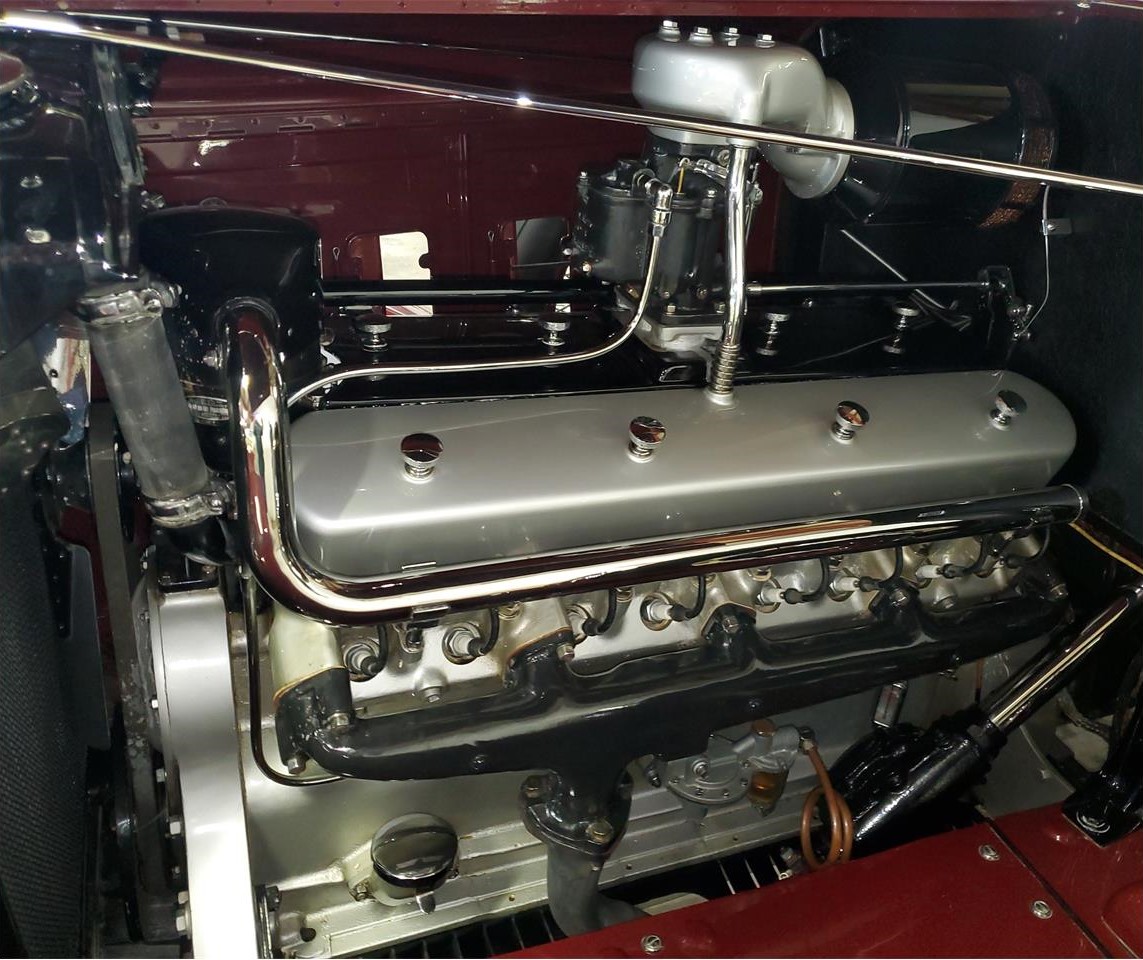
The V16 was of an aluminum construction with steel cylinder liners and 45-degree banks. Displacement was 491ci and horsepower was 200, a 35-horse advantage over Cadillac’s. All Marmon Sixteens were tested for 210 miles at Indianapolis Speedway and certified to have been driven the last 10 miles at wide-open throttle at “not less than 105 per hour.”
Only 223 Marmon Sixteens were built in 1931, with 390 built through 1933. This 1931 Marmon Sixteen coupe was originally ordered by Louis P. Mayer, the publisher of the Philadelphia Gazette Democrat. The vehicle stayed with the family through 1978, upon which the vehicle was sent to a shop for an engine rebuild. The car was then stolen but eventually recovered five years later and, by 1996, a restoration was commissioned by new owners. This Marmon Sixteen has been in prime condition since then.
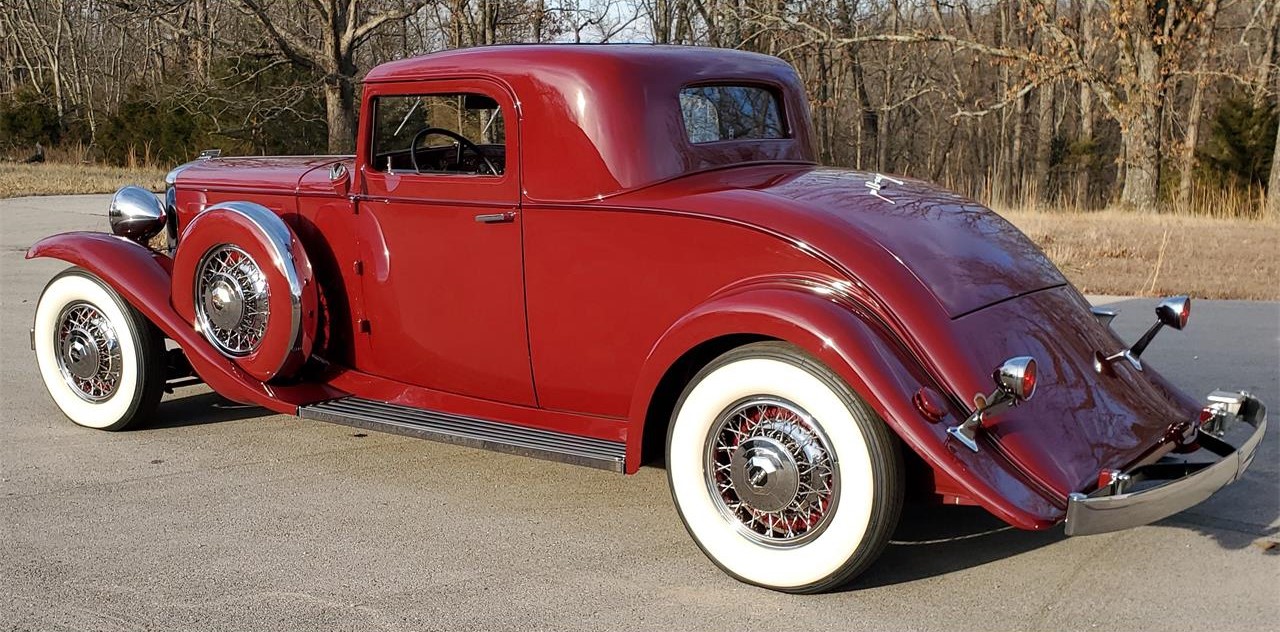
Seller indicates that not only is ownership history known since the beginning, but also the Marmon possesses “impressive show history — awards include AACA National First Place and CCCA Senior Premier honors, and was judged Best in Class at the 1997 Meadowbrook Concours d’Elegance.” Then, in 2011, this very Marmon won the Senior Emeritus Class at the CCCA Midwestern Grand Classic held at the Glenwood Gathering in Ohio. If you were at the 2021 Concours d’Elegance at Pebble Beach, you might have seen this very vehicle in the flesh.
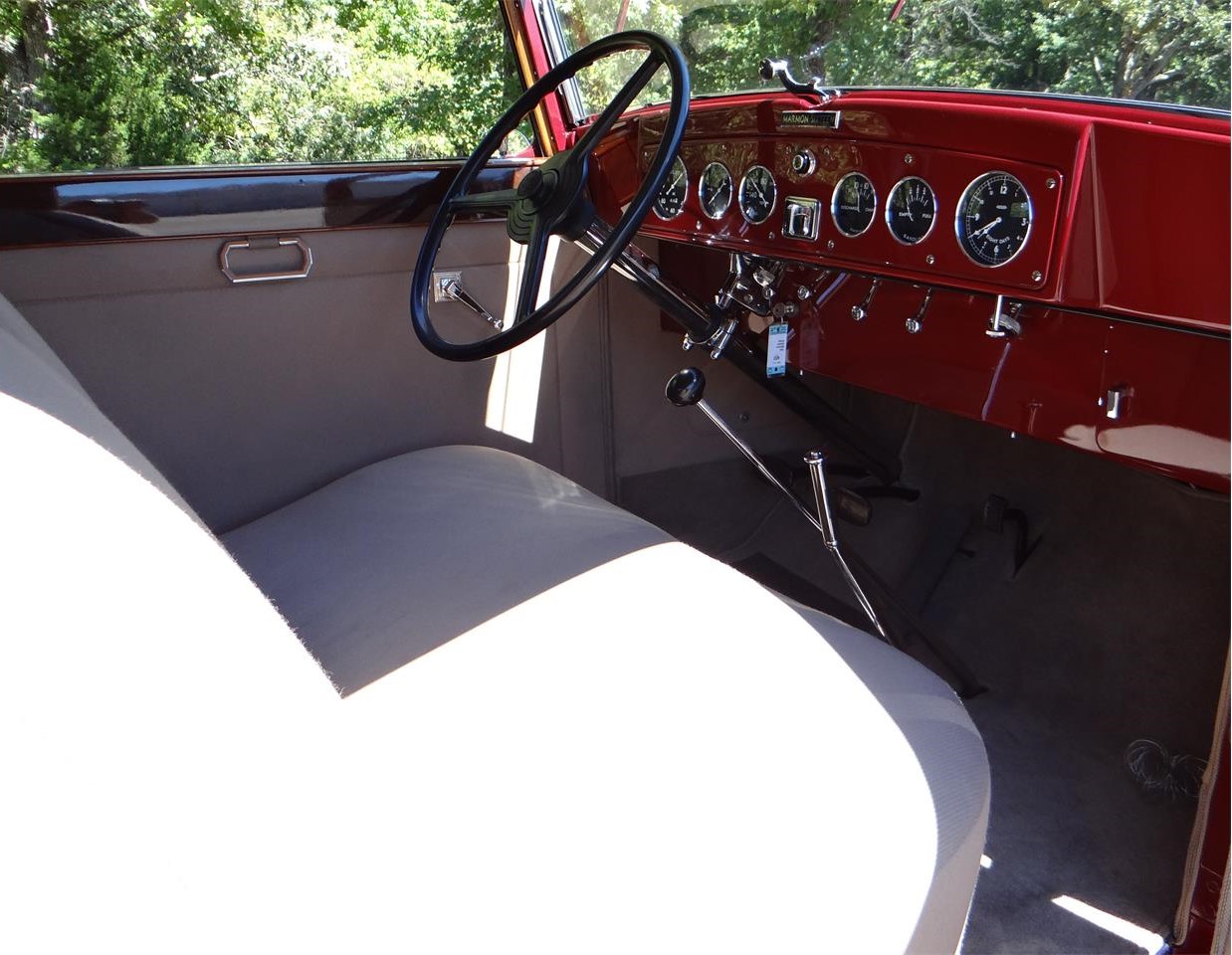
Clearly any Marmon Sixteen is a blue-chip collectible of the first order, and this particular example is one of six coupes known to exist. You can put this against any prestige vehicle from the 1930s and revel in the glow. However, good taste and luxury doesn’t come cheap: $895,000. But rather than buy that hypercar that requires $15,000 for an oil change, why not be the caretaker of American history?
To view this listing on ClassicCars.com, see Pick of the Day.



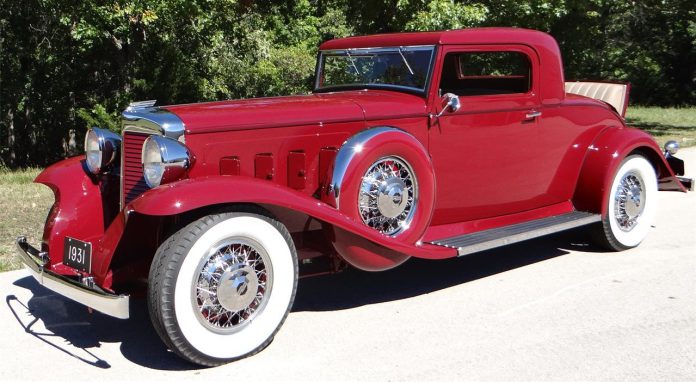
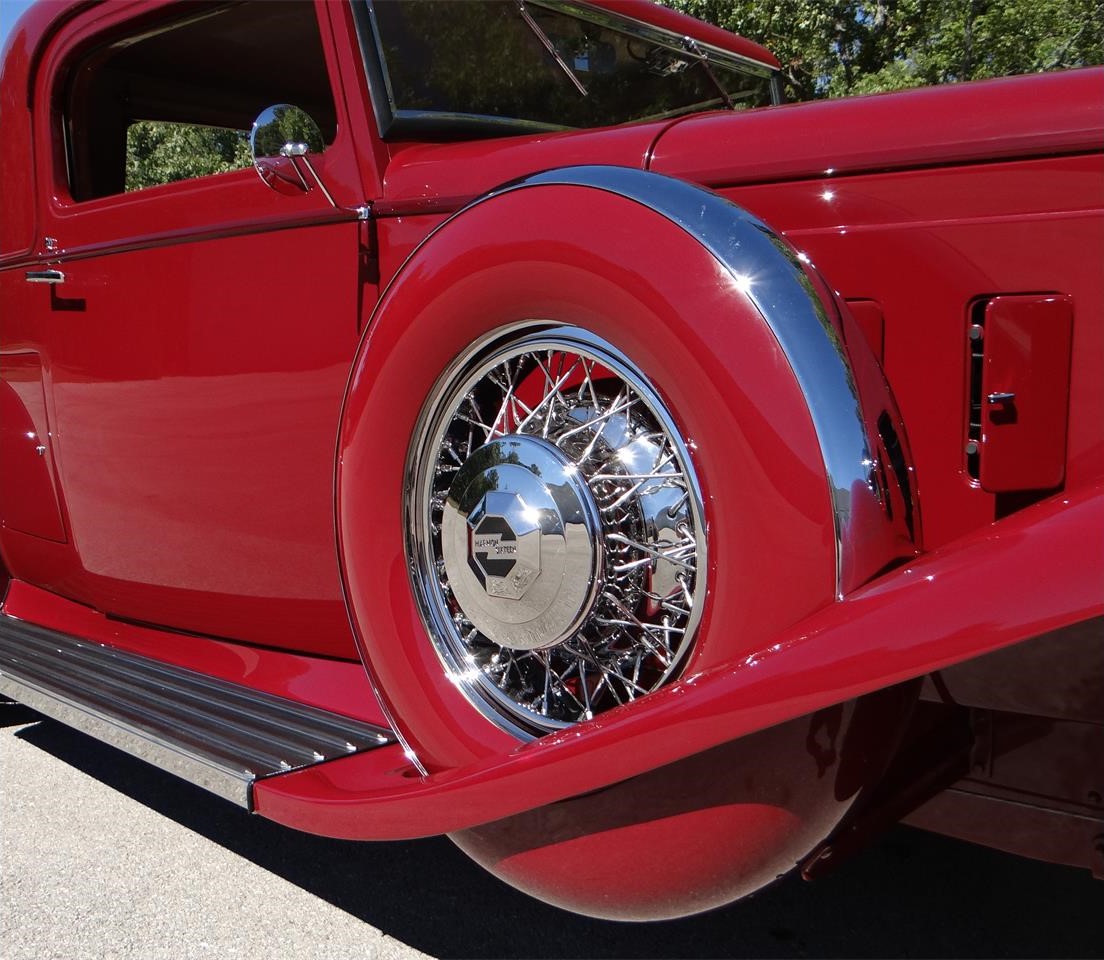
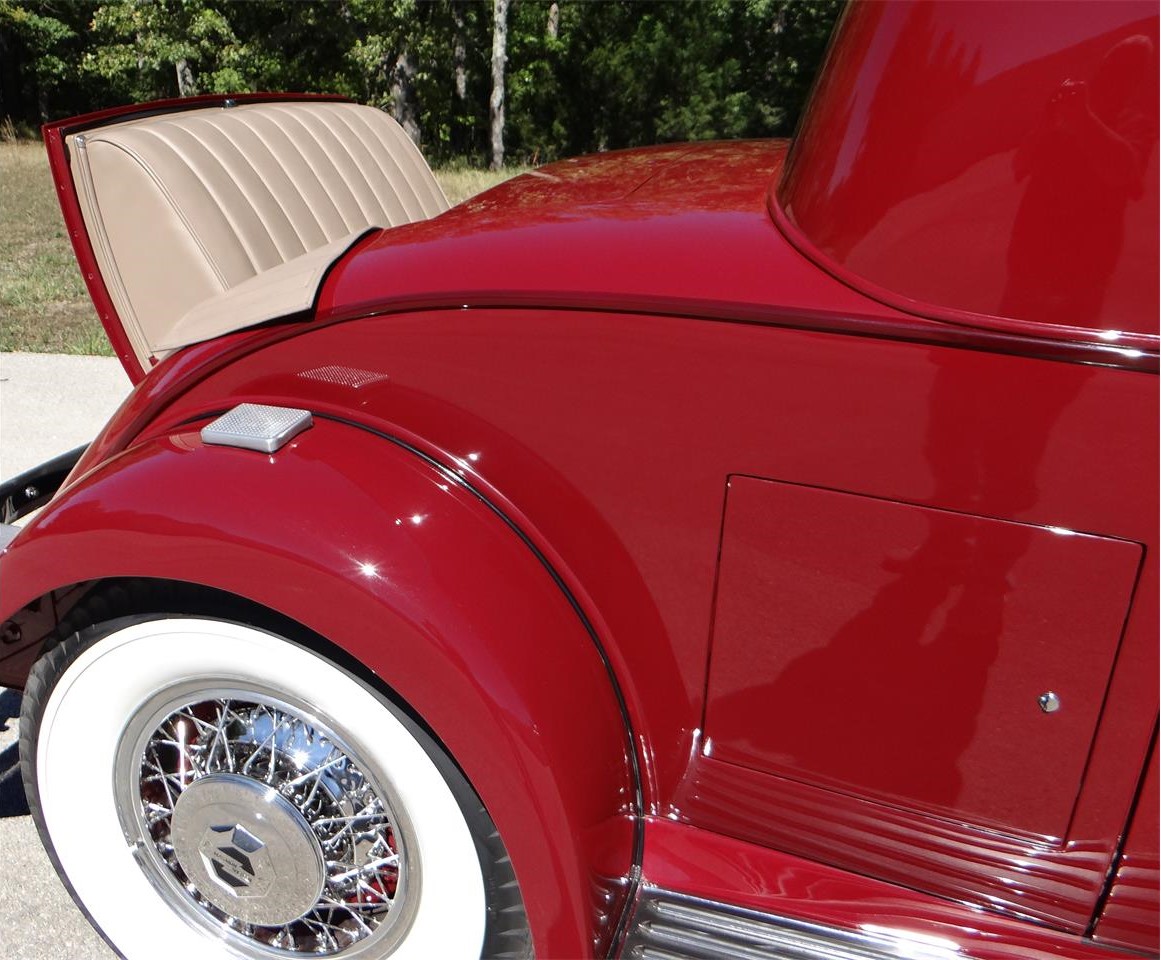


When cars were REAL cars!
Just a Gorgeous 1931 Marmon Sixteen!! The tragedy here is of 223 built, only 6 are known to exist. What a shame.
Six Sixteen coupes (not including coach-built examples), not Sixteens in aggregate, are known to exist,
I can’t believe that the dash wouldn’t have been wood grained
Here’s a Duesenberg interior:
https://hips.hearstapps.com/autoweek/assets/s3fs-public/jay-leno-1934-walker-duesenberg-08.jpg
Maybe wood is more of a modern paradigm?
Explain be s caretaker I also like 1928-1935 fords